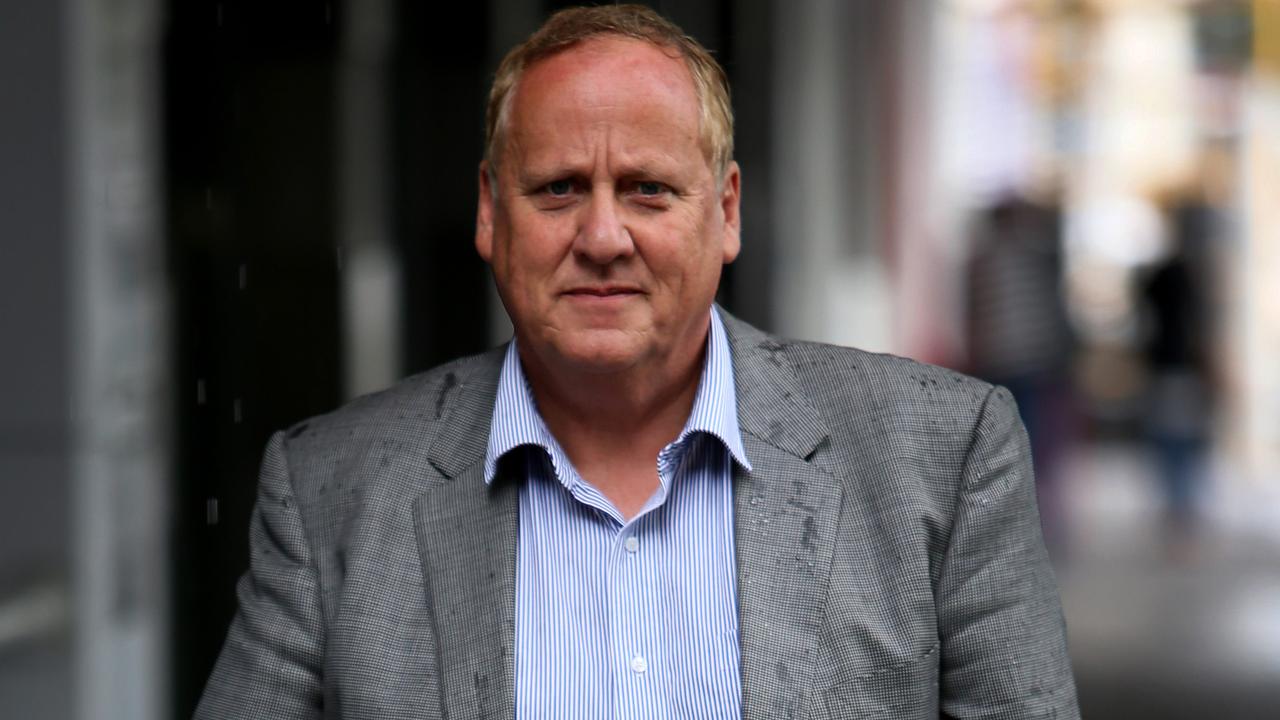Three big law firms close gap on G+T in equity survey
Three law firms have whittled away Gilbert + Tobin’s lead in where women are best placed to become equity partners.

Three law firms have whittled away Gilbert + Tobin’s once unassailable lead as the big firm where women have the best chance of becoming equity partners.
On this key measure of success, The Australian’s partnership survey has found that the Australian practice of DLA Piper has an equity partnership that is 27.3 per cent female — just one percentage point behind Gilbert + Tobin.
And while the proportion of female equity partners at G+T has been slipping, the proportion at DLA Piper and two other big firms has been steadily growing.
The survey shows that G+T’s current figure of 28.3 per cent is larger than any other firm with more than 60 equity partners. But this is down from 31.8 per cent last year and 32.9 per cent in 2014.
DLA Piper’s Australian practice, which has been overhauled since merging with the global firm, has an equity partnership that is 27.3 per cent female, up from 25.2 per cent last year and 23.1 per cent in 2014.
Apart from DLA Piper, the other big firms that have steadily improved the proportion of female equity partners are King & Wood Mallesons and Norton Rose Fulbright. At K&WM the equity partnership is 25.8 per cent female (up from 23.7 per cent last year) and the Australian practice of Norton Rose Fulbright is 23.6 per cent female (up from 19.4 per cent last year).
Six years ago, G+T had an equity partnership that was 37.3 per cent female, compared with 13.8 per cent for DLA Piper, 22.7 per cent for King & Wood Mallesons and just 8.9 per cent for Norton Rose Fulbright. The challenge to G+T’s dominance on this measure comes as the overall proportion of female equity partners at the leading firms is slowly rising — despite no growth in the total number of equity partners.
The Australian’s survey found that 18.5 per cent of equity partners are female, up from 17.8 per cent at this time last year.
The overall number of equity partners has remained relatively unchanged at the full-time equivalent of 1576.6 positions compared with 1575.2 last year. But this hides the fact the number of female equity partners grew by 3.7 per cent to 291.1.
The survey, which is conducted exclusively for The Australian by legal researcher George Beaton, covers 45 of the nation’s leading firms. It also has identified a big increase in the proportion of women in the overall intake of partners — salaried and equity. They account for 35.7 per cent of this year’s intake compared with 29.8 per cent last year.
After the latest appointments, women account for 23.4 per cent of all partners at the surveyed firms — equity and salaried — up from 22.6 per cent last year.
In percentage terms, the boutique firm Banki Haddock Fiora topped the rankings with an equity partnership that is 61.5 per cent female — or the full-time equivalent of 4.8 female equity partners.
The Australian practice of Clyde & Co is in second place with an equity partnership that is 43.5 per cent female — or the full-time equivalent of 10 female equity partners.
Wayne Spanner of Norton Rose Fulbright attributed the change at his firm to strategies that had been in place for several years as well as ideas about creating opportunity for female lawyers that had originated with Linda Addison, the outgoing managing partner of the firm’s US practice.
“There is one key area where we have been focused and that is a career strategies program for our senior women,” said Mr Spanner who is managing partner of the Australian practice.
“Other key strategies have included providing opportunities for women on key pitches with key clients,” he said. “It is absolutely imperative that all the teams that are working on those things are diverse.”
DLA Piper’s Melinda Upton said the fact her firm was a full-service practice was helping it retain female lawyers.
Ms Upton, who takes over next year as co-managing partner of the Australian practice, said its performance on this measure had benefited from a global program known as Leadership Alliance for Women, which she has chaired in Australia for the past three years.
“We have made huge leaps in achieving our goal of promoting and empowering our women in professional services,” she said.
“We have done that with very much a market-facing strategy — that is really driven by what our clients are telling us they would like to see in terms of engagement at all levels.”



